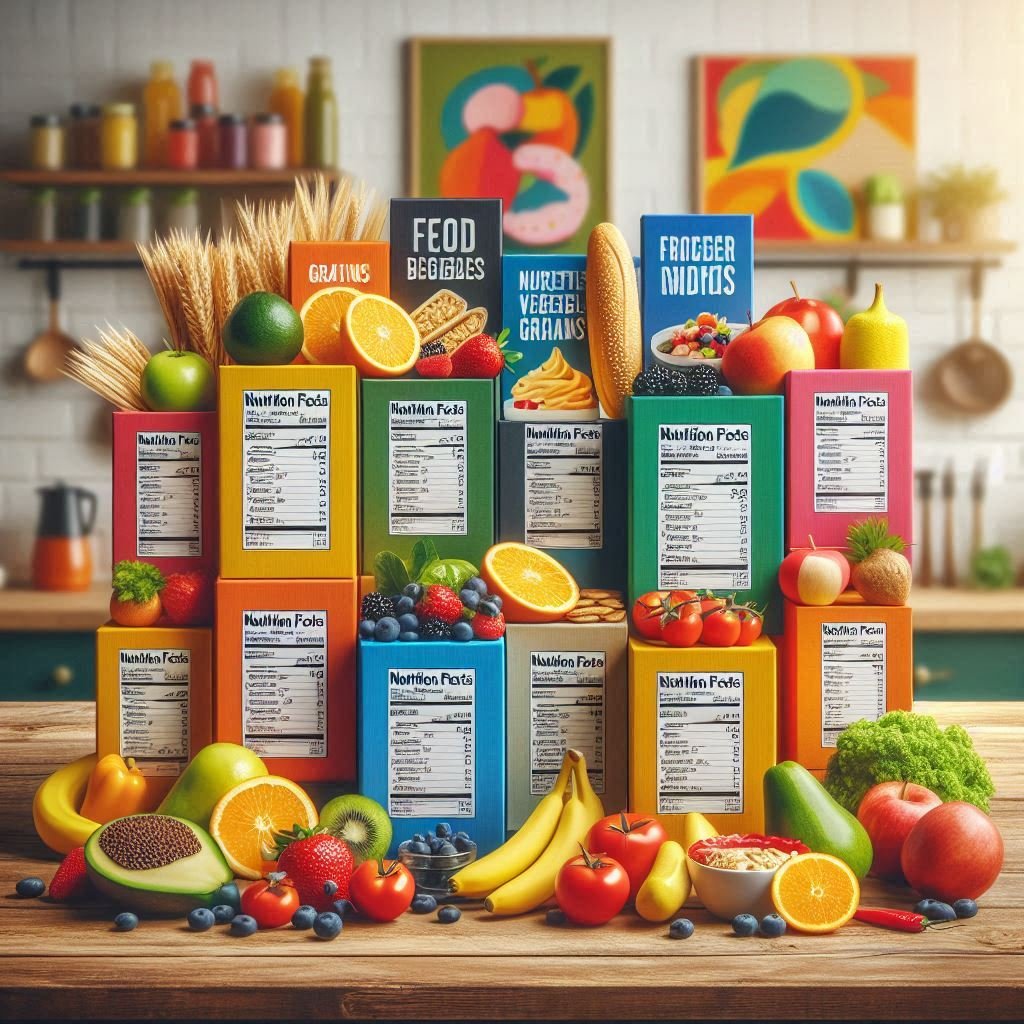
Understanding Serving Sizes
The first detail you’ll encounter on a food label is the serving size. This figure represents the typical amount that people might consume in one sitting, but it’s not necessarily the portion you should eat. The serving size is crucial because it’s the basis for calculating the nutrients you’re actually consuming. For example, if a package indicates that one serving is 54 grams and you eat exactly that amount, you’re ingesting the nutrients listed for one serving on the label. However, if you consume the entire package, which may contain multiple servings, you’ll need to multiply the nutritional values accordingly to understand your total intake.
Deciphering Nutrient Information
The nutrient section of a food label lists the essential components like saturated fat, sodium, fiber, and cholesterol. These values are typically based on a 2,000-calorie diet, which is a general guideline for average daily calorie intake. The “% daily value” shows how much a serving of the food contributes to your overall daily recommended intake. If your diet differs from the 2,000-calorie standard, you can calculate the “% daily value” by dividing the nutrient amount by 2,000.
Ingredient Insights
Ingredients are listed in descending order by weight, meaning the first ingredient is the most prevalent in the product. This can help you determine the quality of the food; for instance, if sugar or an unhealthy fat is the first ingredient, you might reconsider your choice.
Label Claims and What They Mean
Food labels often make claims about their nutritional benefits. For example, “sodium-free” means the product contains less than 5 milligrams per serving, while “low fat” indicates 3 grams of fat or less per serving. Understanding these claims can help you choose products that align with your dietary goals.
While reading food labels can initially seem daunting, with practice, it becomes a simpler and invaluable tool for managing your diet. By keeping track of your food’s nutritional content, you can ensure a healthier eating pattern.
Interesting Stats and Facts
- A study by the Food and Drug Administration (FDA) found that 77% of U.S. adults reported using the Nutrition Facts label always, most of the time, or sometimes when buying a food product (FDA).
- The same study revealed that 69% of consumers check the label for sugars, and 67% look for calorie information.
- Despite the use of food labels, a survey by the International Food Information Council Foundation showed that only 47% of consumers understand what “% daily value” means (IFIC Foundation).
By becoming proficient in reading food labels, you can take control of your dietary intake and make choices that support your health and well-being.




